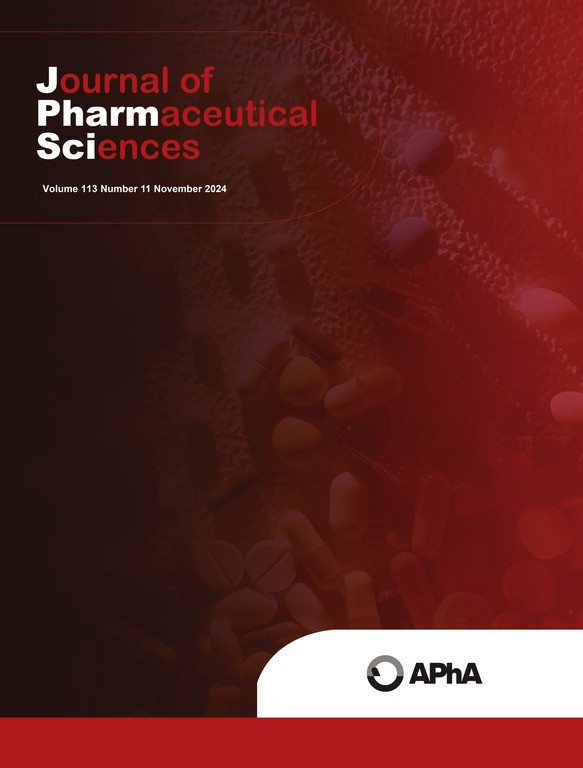表征治疗性抗体中关键翻译后修饰的目标亲和力富集工作流程。
IF 3.7
3区 医学
Q2 CHEMISTRY, MEDICINAL
引用次数: 0
摘要
单克隆抗体(mAb)的治疗效果依赖于其与预期靶点的紧密和特异性结合。这种相互作用可能会被抗体片段化和/或翻译后修饰(PTMs)所取消或影响。靶标亲和力降低的ptm被认为对药物质量有影响,在药物开发过程中应充分表征。鉴定和表征这些PTMs的任务可以通过采用使用固定化配体靶标的半制备亲和色谱的策略来促进。在这里,我们提出了一个概念验证应用这一策略的治疗性抗体靶向I型细胞因子受体。简单地说,将治疗性抗体的亚摩尔当量应用于含有固定化受体靶标的柱。收集含有与靶标具有不同亲和力的抗体变体的组分,并通过一组扩展的表征分析进行评估,包括大小、电荷、靶标结合亲和力和基于细胞的效力。这种方法专门针对基于配体亲和力的变异,并能够识别新的和特异性的PTMs,包括Fab糖基化,这被证明对药物质量有影响,可以被认为是关键质量属性(cqa)。此外,使用与用于释放的检测方法正交且互补的检测方法表征亲和富集组分,可以指导或支持此类检测方法的开发,这些检测方法在产品释放过程中具有足够的灵敏度来检测这些PTMs。本文章由计算机程序翻译,如有差异,请以英文原文为准。
A target affinity enrichment workflow to characterize critical post-translational modifications within therapeutic antibodies
The therapeutic efficacy of a monoclonal antibody (mAb) relies on tight and specific binding to its intended target. This interaction may be abrogated or influenced by antibody fragmentation and/or post-translational modifications (PTMs) on or near the paratope. PTMs with reduced target affinity are considered impactful to drug quality and should be well-characterized during pharmaceutical development. The task of identifying and characterizing these PTMs can be facilitated by employing a strategy which utilizes semi-preparative affinity chromatography using an immobilized ligand target. Here, we present a proof-of-concept application of this strategy for a therapeutic antibody targeting a Type I cytokine receptor. Briefly, a sub-molar equivalent of the therapeutic antibody was applied to a column containing the immobilized receptor target. Fractions containing antibody variants with differential affinity to target were collected and evaluated by a panel of extended characterization assays, including size, charge, target-binding affinity, and cell-based potency. This approach specifically targets variants based on ligand affinity and enabled the identification of novel and specific PTMs, including Fab glycosylation, which were shown to be impactful to drug quality and could be considered critical quality attributes (CQAs). Furthermore, characterization of affinity-enriched fractions using assays that are orthogonal and complimentary to those used for release could guide or support the development of such assays which are sufficiently sensitive to detect these PTMs during product release.
求助全文
通过发布文献求助,成功后即可免费获取论文全文。
去求助
来源期刊
CiteScore
7.30
自引率
13.20%
发文量
367
审稿时长
33 days
期刊介绍:
The Journal of Pharmaceutical Sciences will publish original research papers, original research notes, invited topical reviews (including Minireviews), and editorial commentary and news. The area of focus shall be concepts in basic pharmaceutical science and such topics as chemical processing of pharmaceuticals, including crystallization, lyophilization, chemical stability of drugs, pharmacokinetics, biopharmaceutics, pharmacodynamics, pro-drug developments, metabolic disposition of bioactive agents, dosage form design, protein-peptide chemistry and biotechnology specifically as these relate to pharmaceutical technology, and targeted drug delivery.

 求助内容:
求助内容: 应助结果提醒方式:
应助结果提醒方式:


